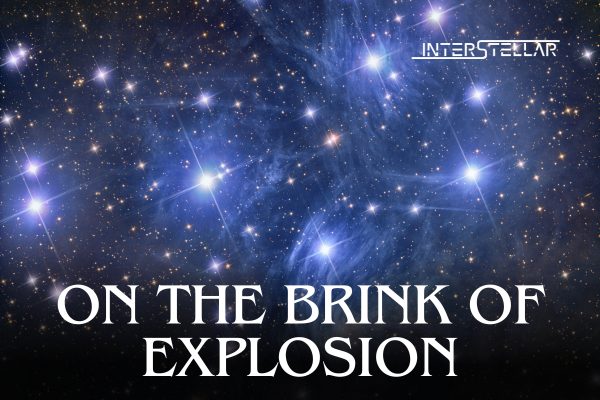Close-up Image of a Dying Star Captures Rare Supernova Precursor
Scientists have captured the first-ever close-up image of a star nearing the end of its life, surrounded by gas and dust before its expected explosion into a supernova. This unprecedented image offers insight into the final moments of a massive star, marking a major breakthrough in stellar astronomy.
A Dying Star Beyond the Milky Way
The star, named WOH G64, is located approximately 160,000 light-years away in the Large Magellanic Cloud, a neighbouring galaxy to the Milky Way. Unlike previous close-up images of newborn stars, this is the first time astronomers have observed a mature star in another galaxy at this pivotal stage. The star appears enshrouded in a glowing cocoon of gas and dust, which it has likely ejected as part of its dying process.
The image, though slightly fuzzy, was captured using the Very Large Telescope Interferometer in Chile. Surrounding the star is an egg-shaped nebula, and a faint oval ring of dust can also be seen further out. These irregular shapes suggest uneven material ejection, though astronomers speculate that an undetected companion star may also influence the star’s appearance.
An Uncommon View of Stellar Death
WOH G64 is a red supergiant, originally estimated to have a mass 25 to 40 times that of the Sun. According to astronomer Jacco van Loon, the star is approximately 10 to 20 million years old and is approaching the end of its brief yet dramatic life.
“If WOH G64 were at the centre of our solar system, its enormous size would stretch out to Saturn’s orbit,” van Loon noted. Its dimming brightness in recent years suggests that its expelled gas and dust may be obscuring its light.
This discovery represents a rare chance to observe the dramatic changes in a star’s final phase before a supernova. Lead researcher Keiichi Ohnaka highlighted that even within the Milky Way, such observations have not been possible.
Clues About Early Galactic Conditions
The Large Magellanic Cloud, a satellite galaxy of the Milky Way, provides unique conditions for studying stellar evolution. Unlike the Milky Way, it has lower dust content and fewer heavy elements, offering astronomers a glimpse into conditions that were likely more common in the early universe.
Van Loon explained that these differences might influence how stars like WOH G64 live and die, helping scientists understand the life cycle of stars in various galactic environments.
This milestone provides a front-row seat to the final chapter of a heavyweight star’s life, offering clues about both cosmic evolution and the dynamic forces shaping the universe.
With inputs from Reuters





